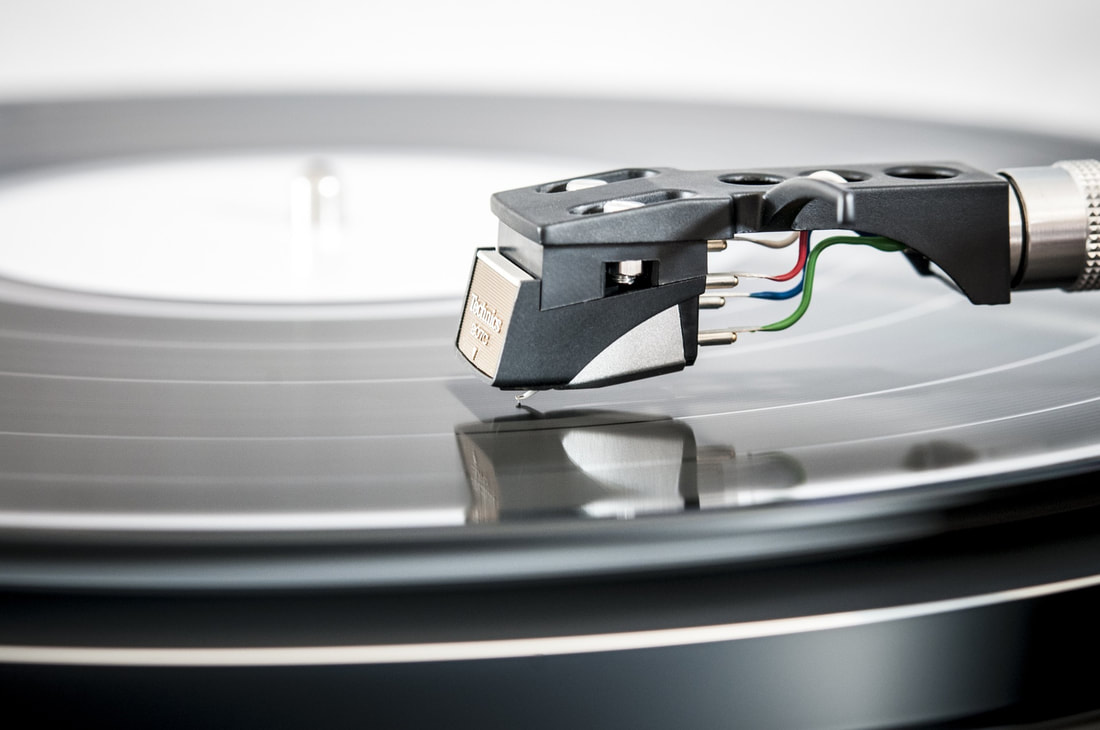|
My Dad taught me a lot of life lessons, but two of them really stick. The first is to be honest; the second lesson is to buy the best quality products that you can afford and take care of them - they will reward you with a long life of use.
What products do you use – whether it’s a tool, an appliance, an article of clothing, a musical instrument, camping gear, or anything else - that have had a long, useful, life and are a pleasure to use? Bring to mind the older things that you consider to be vintage. Recently I listened to a podcast featuring Satish Kumar, where he says: “whatever we have should be beautiful, useful and durable at the same time.” It’s advice that he got from his grandmother. He calls it the ‘BUD’ principle of elegant simplicity. Let’s break that down a little - and as we do, I encourage you to think about how this applies in your life and experience. Later in this article, we’ll look at why forward-looking companies can benefit from adopting these principles for the products they design and manufacture. Beautiful When something is beautiful, we will want to use it for a long time. What do we mean here by beautiful? I can hear the discomfort among our engineering readers about something so subjective, so let’s qualify it:
Useful Think of the presents that you may have received in the holiday season. What will you still want in 5 years? What will wind up in donation pile, trash, recycling, or garage sale? Just so that we don’t get too puritanical here, useful items include toys, musical instruments, and so on. The question is whether this is something that you will want to pick up and use over and over. When I recently downsized from a four bedroom home to an apartment, I needed to purge about half of my possessions. What do I miss? Very little – in fact there’s a sense of freedom and lightness of only having what I need. Durable Products that last many, many years, potentially even lifetimes. Durable products are repairable with simple replacement parts and able to retain their functionality for years to come. The Business Opportunity The Turning Tide We are witnessing rapid transformation in the world. The last 40 years or so have represented a time of conspicuous consumption for many and an emphasis on low cost products that were designed and manufactured for planned obsolescence. This philosophy and behaviour has contributed to a lot of the environmental problems (landfill, pollution, climate change) that we’re just now starting to deal with. Considering that most of us are now aware of the problem, there’s an increasing desire for products that truly provide benefit (that are a joy to use and contribute to a better world), that minimize pollution and energy use throughout the lifecycle, that are usable for a long time, and that can be transformed well after they are no longer usable. Paying for the True Cost of a Product Our economic system privatizes profits and socializes costs – environmental (pollution, use of land), and societal (pressure on wages, benefits, safety, local economic collapse through plant closings, etc.). Governments, communities, and families are often the ones paying the cost of poorly made, low cost products, but this is starting to change. Just recently, the Ontario government announced that it will start charging producers for waste diversion. When the costs are borne by the producer, different product design and manufacturing decisions are made. The successful organizations of the near future will be the ones who consider these costs now and shift their design and manufacturing decisions accordingly. Our North American Opportunity How will we, in North America, be successful in designing and manufacturing products right here? I believe there’s an emerging market for high quality, well designed and made products that are affordable for most – the market segment between the low cost/marginal quality and the expensive/ultra premium end of the market. Many of the best designers and makers will want to work on these products and many consumers will turn to these products as their true value becomes appreciated. What goes around, comes around. Maybe my Dad was on to something. Comments are closed.
|


 RSS Feed
RSS Feed